Remote Workforce Enablement: Unlocking The Potential Of Your Workforce
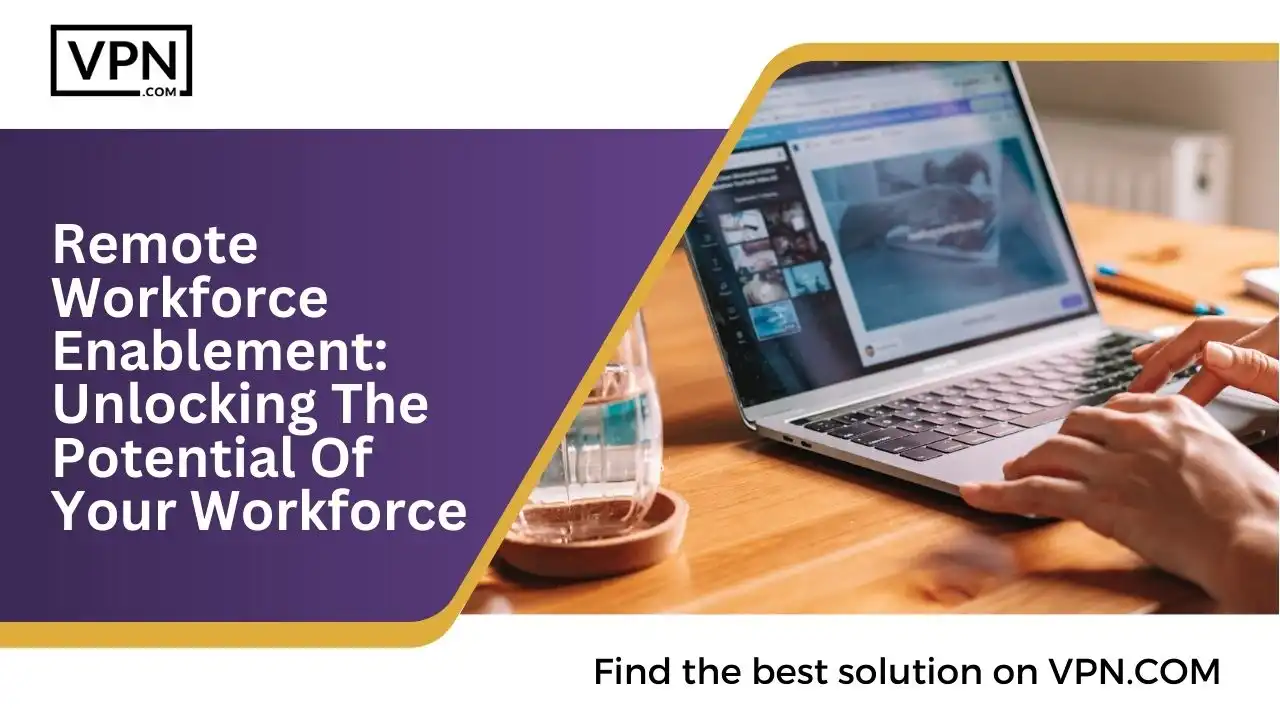
Remote Workforce Enablement is a comprehensive approach that empowers employees to work effectively from anywhere. It involves providing the necessary tools and technology and fostering a culture that supports remote work. This includes implementing procedures for training on new collaboration tools, setting policies on working hours and productivity, and potentially inventing a new style and system of managing, reviewing, hiring, and onboarding new employees.
Unlocking the potential of your Remote Workforce in a remote setting involves fostering a growth mindset, understanding each team member’s personal and professional goals, and tailoring development plans to their individual needs. It also requires addressing the challenges of remote work, such as communication barriers, team building, accountability, and technical difficulties.
Digital enablement plays a crucial role in this process, giving employees access to resources they need to do their jobs and organizations the means to achieve objectives. Collaboration tools are critical for remote work because they allow employees to communicate and share information in real-time.
However, the transition to remote work can also impact the collaboration network of workers, making it more static and siloed. Therefore, effective communication and collaboration strategies are essential to overcome these challenges and enhance efficiency.
Remote Workforce Enablement is a multifaceted approach that involves addressing the challenges of remote work, fostering a supportive culture, providing the necessary tools and resources, and implementing effective communication and collaboration strategies to unlock the full potential of your workforce.
The Rise Of Remote Work And The Need For Flexibility
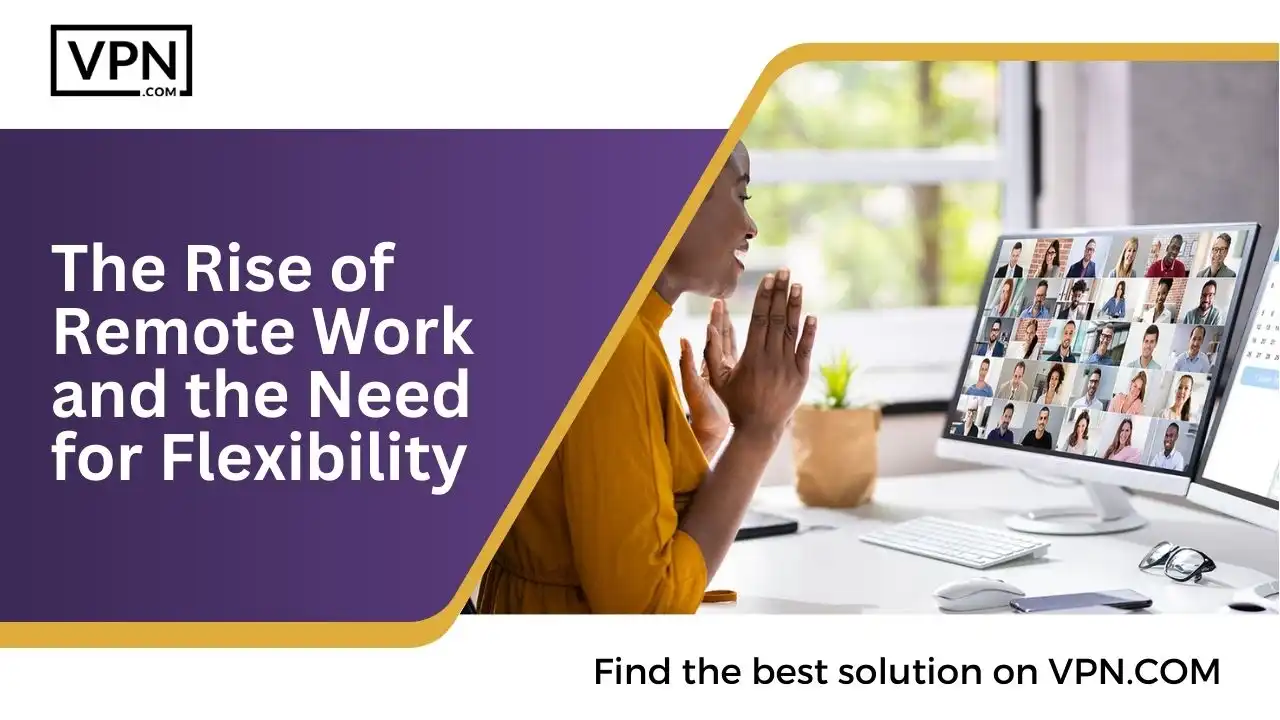
The rise of the Remote Workforce has been one of the most significant shifts in the labor market in recent years, fundamentally altering how and where work is conducted. This transformation has been driven by technological advancements, changing attitudes toward work-life balance, and, more recently, the global COVID-19 pandemic, which forced many organizations to adopt remote work practices rapidly.
The need for flexibility in the workplace has become increasingly apparent, with employees seeking greater control over their schedules and the ability to work from locations that suit their personal and professional lives.
Facilitating remote work, including improved job satisfaction, better mental health, and enhanced work-life balance for the Remote Workforce, allowing employees to tailor their work environment to their preferences.
Adopting remote work has enabled companies to tap into a global talent pool, reduce overhead costs, and potentially increase productivity. However, this shift has been challenging. Remote work can lead to feelings of isolation, difficulties in communication, and a potential impact on career advancement.
Industries such as computer and IT, marketing, accounting and finance, and project management have been particularly receptive to remote work, leveraging digital tools to maintain continuity and efficiency.
Despite the challenges, the trend toward remote work is expected to continue, with estimates suggesting that by 2025, approximately 22% of the American workforce will be working remotely.
To fully realize the benefits of the Remote Workforce, companies must adopt flexible policies that are intentional and tailored to the needs of their workforce. This includes investing in the right technology and infrastructure, fostering a culture that supports remote work, and implementing strategies to ensure effective communication and collaboration.
As the work landscape continues to evolve, the need for flexibility in the workplace will remain critical in attracting and retaining top talent and maintaining a competitive edge in the modern workforce.

Signup at our #1 host
- Reduce Costs
- Shorten time to market
- Increase efficiency
- Improve agility & consistency
Several Challenges To Face While Doing Remote Work

Remote work, while offering numerous benefits, also presents several challenges. These include:
Improper Collaboration
Remote work can make it difficult for team members to collaborate effectively due to the lack of face-to-face interaction.
Overworking
Without the precise boundaries of a physical office, remote workers may struggle to disconnect, leading to longer working hours and potential burnout.
Poor Time Management
The flexibility of remote work can lead to distractions and poor time management, particularly for those working from home.
Isolation
Remote workers may feel isolated due to the lack of social interaction in a physical office.
Communication Challenges
Effective communication can be more difficult in a remote setting, particularly across different time zones.
Technology Issues
Remote work relies heavily on technology, and technical issues can disrupt productivity.
Difficulty Monitoring Employees
For managers, overseeing the Remote Workforce can make it challenging to observe and monitor employees’ work, leading to concerns about productivity and performance.
Strategies To Address These Difficulties

To address these challenges, several strategies can be implemented:
Use Collaboration Tools
Tools like Zoom, Google Meet, or project management software can facilitate collaboration and communication among remote teams.
Set Clear Boundaries
Remote workers should establish clear work-life boundaries to prevent overworking. This could include setting specific work hours and creating a dedicated workspace.
Promote Social Interaction
Regular virtual team meetings, social events, or chat platforms can help reduce feelings of isolation.
Provide Training
Companies can offer training on time management, collaboration tools, and other aspects of remote work to help employees adapt.
Implement Performance Metrics
Rather than monitoring hours worked, managers can assess performance based on output or specific performance metrics.
Invest in Reliable Technology
Providing employees with the necessary technology and technical support can minimize disruptions and maintain productivity.
By addressing these challenges, companies can unlock the full potential of their remote workforce, leading to increased productivity, job satisfaction, and work-life balance.

Signup at our #1 host
- Reduce Costs
- Shorten time to market
- Increase efficiency
- Improve agility & consistency
How Businesses Can Prosper Using Remote Workers In The U.S. and Foreign Countries
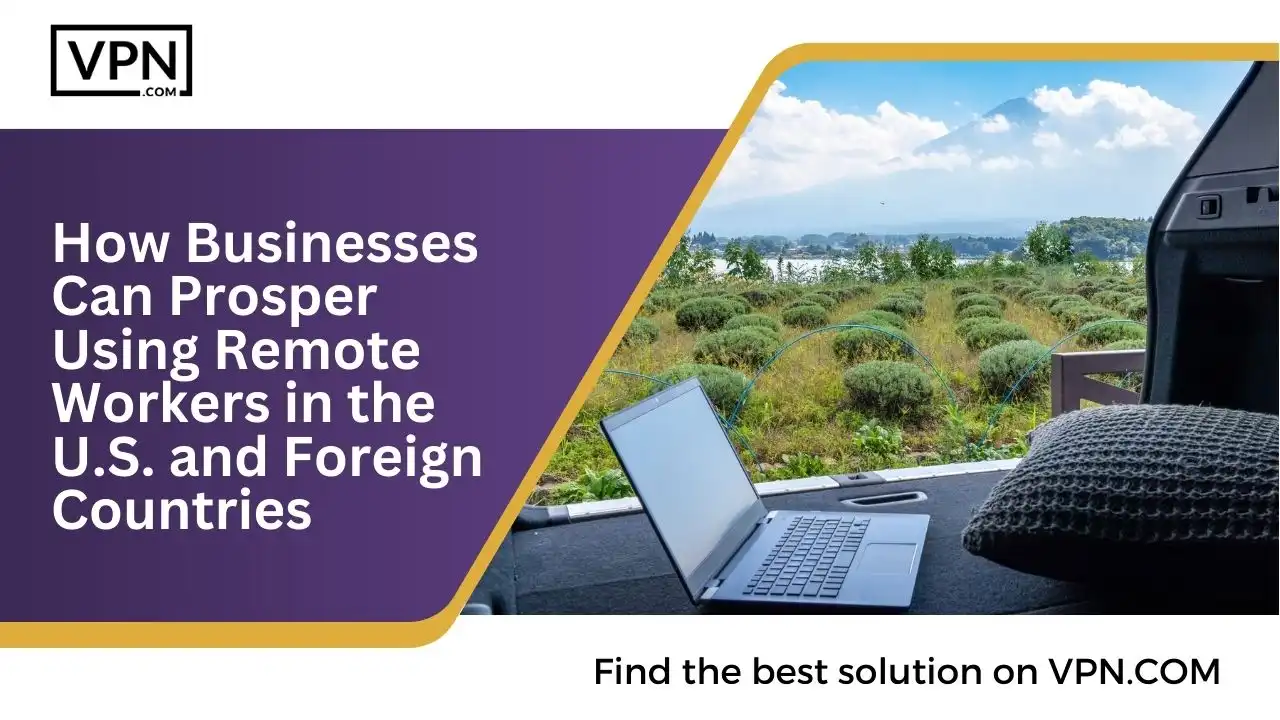
Benefits of Remote Work
Improvements to Productivity
Remote work can lead to increased productivity. Studies have shown employees are often happier and more productive when working remotely.
Reduced Costs
Remote work can be cost-effective for businesses. It reduces overhead costs associated with maintaining physical office spaces.
Access to a Wider Talent Pool
Businesses can hire the best talent regardless of geographical location, leading to a more diverse and skilled workforce.
Increased Employee Retention
Remote work is a sought-after employee benefit that can help attract and retain top talent.
Flexibility
Remote work offers flexibility to employees, allowing them to balance their work and personal life more effectively.
Remote Work In Foreign Countries
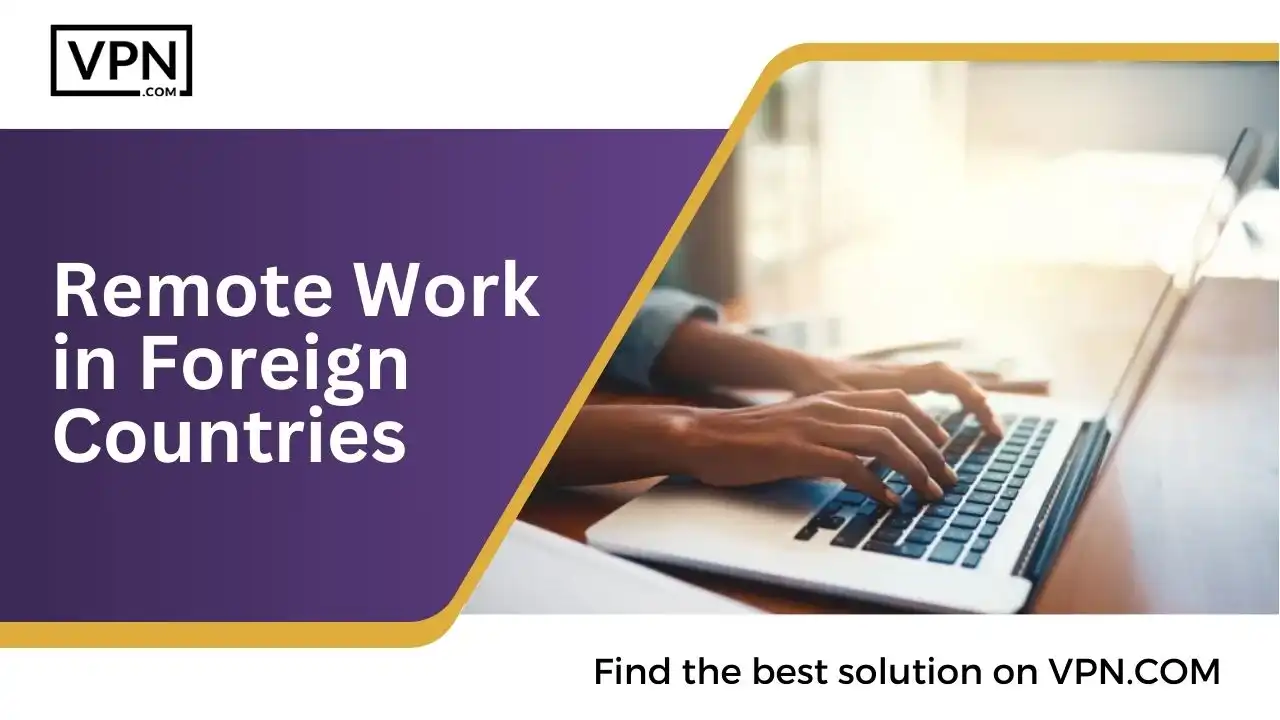
Businesses can also prosper by hiring remote workers in foreign countries, expanding their Remote Workforce. This approach allows companies to tap into global talent pools, leverage time zone differences, and potentially reduce labor costs[2][5][6]. However, businesses must be mindful of employment laws, taxes, visas, and data security issues in their respective countries.
Strategies for Effective Remote Work
Use of Technology
Investing in collaboration tools and technologies can facilitate effective communication and collaboration among remote teams.
Clear Expectations
Managers should set clear expectations regarding work hours, availability, and deliverables.
Performance Metrics
Rather than monitoring hours worked, managers can assess performance based on output or specific performance metrics.
Training
Companies can offer training on time management, collaboration tools, and other essential aspects of remote work to help employees adapt to the Remote Workforce.
Social Interaction
Regular virtual team meetings, social events, or chat platforms can help reduce feelings of isolation among members of the Remote Workforce.
Legal Compliance
When hiring remote workers from foreign countries, businesses must ensure compliance with local employment laws, tax regulations, and data security requirements to effectively manage their Remote Workforce.
The trend towards remote work is expected to continue, with more businesses adopting remote or hybrid models. Technological advancements will further facilitate this shift, making remote work increasingly viable and attractive for companies.
Challenges In Managing A Remote Workforce
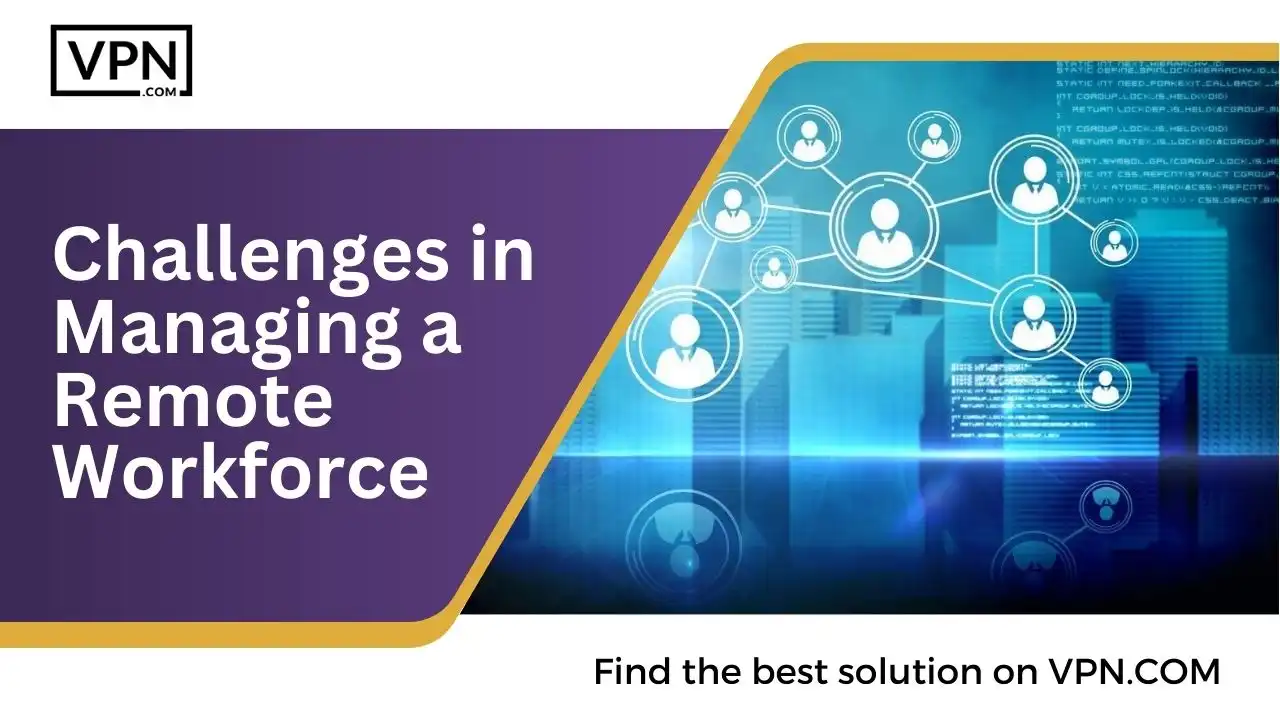
Managing a remote workforce involves overcoming unique challenges and leveraging specific strategies to ensure productivity, engagement, and effective communication. Here’s a detailed guide on how to manage a remote workforce:
The following are some challenges we face while doing remote work and their effects on managing a remote workforce. These challenges are listed below:
Clear Communication
Ensuring clear and effective communication is a significant challenge in remote work. Misunderstandings can occur due to the need for face-to-face interaction.
Tracking Work and Productivity
Monitoring the productivity and work output of remote employees can be difficult.
Maintaining Organizational Culture
Building and maintaining a strong organizational culture can be challenging when employees are geographically dispersed.
Social Isolation
Remote workers may experience feelings of isolation and disconnection, which can impact their morale and productivity.
Access to Information
As part of the Remote Workforce, Remote workers may have limited access to information, which can hinder their ability to perform their tasks effectively.
Strategies For Managing A Remote Workforce

Set Clear Expectations
Managers should establish clear expectations regarding work hours, availability, deliverables, and performance metrics.
Provide the Right Tools
Investing in collaboration tools and technologies can facilitate effective communication and collaboration among remote teams.
Regular Check-ins
Regular virtual meetings can help maintain connection and promptly address any concerns or issues.
Focus on Output
Rather than monitoring hours worked, managers can assess performance based on output or specific performance metrics.
Respect Time Zones
When managing a global remote team, respecting different time zones and coordinating schedules is essential.
Encourage Social Interaction
Regular virtual social events or chat platforms can help reduce feelings of isolation among remote workers.
Performance Management
Regular feedback sessions and performance reviews for the Remote Workforce can help remote workers understand their progress and areas of improvement.
Provide Training
Companies can offer training on time management, collaboration tools, and other aspects of remote work to help employees adapt.
Legal Compliance
When managing remote workers from different countries, businesses must ensure compliance with local employment laws and tax regulations.
Embrace Flexibility
Allowing flexibility in work schedules can foster a better work-life balance and increase employee satisfaction.
By understanding these challenges and implementing these strategies, businesses can effectively manage a remote workforce, increasing productivity, employee satisfaction, and business growth.
The rapid evolution of technology is shaping the future of Remote Workforce, enabling more flexible work arrangements and transforming how businesses operate. Here’s a detailed note on the future trends in flexible work technology:
Flexible Work Technology Trends
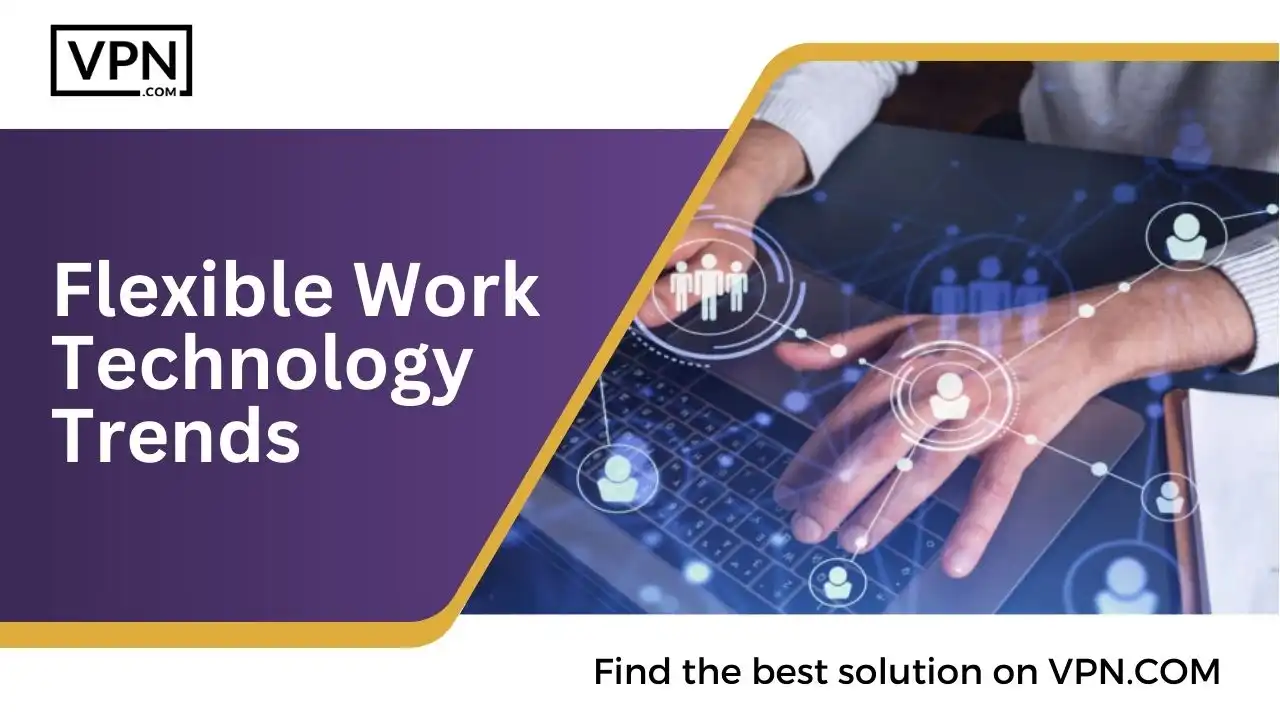
Hybrid Workspaces And BYOD
The rise of hybrid remote workspace is a significant trend, where employees split their time between working from home and an office. This model requires technology that supports seamless transitions between different work environments. Bring Your Device (BYOD) policies are becoming more common, necessitating cloud-based resources accessible from any device, ensuring cross-platform connectivity for employees working for multiple companies.
Employee Wellbeing And AI Integration
Employers increasingly focus on employee wellbeing, integrating technology like AI into workplaces to monitor and enhance wellness. This trend is driven by the recognizing that peak performance is linked to overall health. AI and automated solutions will provide insights into employee wellbeing, potentially leading to happier and healthier workforces.
Sustainability And Communication Technology
Sustainability is becoming a core value for businesses, leading to a decrease in business travel and spurring innovation in communication technology. This trend will likely result in the development of new tools that facilitate Remote Collaboration Tools while also promoting environmentally responsible practices.
Consumerization Of Enterprise Tools
The line between work and leisure is blurring, with employees expecting professional tools to integrate seamlessly with their personal lives. This trend will drive the development of technology that streamlines the use of tech across both work and personal activities.
Digitalization And Automation
The workplace is becoming increasingly digitalized, with advances in artificial intelligence, automation, and cloud computing changing how we work. These technologies will create new opportunities for flexibility but will also require companies to adapt to new ways of communication and collaboration.
Global Talent Acquisition
Remote work enables organizations to access a global talent pool, leading to more diverse and inclusive teams. This trend will continue to foster creativity and innovation within companies as they leverage the benefits of a worldwide workforce.
Tech Tools And Stack Consolidation
As the number of workplace apps and technologies grows, there will be a greater need to consolidate tech stacks. This will help streamline the use of technology in the workplace, making it easier for employees to navigate and use the tools they need.
Emphasis On Healthcare And Wellbeing
There is an increasing emphasis on healthcare and wellbeing in the workplace. Future technologies may offer personalized health advice and even book appointments with healthcare advisors, reflecting a trend toward a more holistic approach to employee wellness.
Flexibility In Roles And Processes
Flexibility is about where and when employees work and how they work. Future work technology will allow employees to work in new and more efficient ways, with roles and processes becoming more adaptable to individual needs and preferences.
The Metaverse And Collaborative Workspaces
The Metaverse is emerging as a new frontier in collaborative workspaces, offering virtual environments where employees can interact and collaborate in ways that mimic physical presence. This could revolutionize remote work by providing a more immersive and engaging experience.
The future of flexible work technology is bright, with trends pointing towards more personalized, efficient, and sustainable work practices. Businesses that embrace these trends and invest in the right technology will be well-positioned to thrive in the evolving landscape of work.

Signup at our #1 host
- Reduce Costs
- Shorten time to market
- Increase efficiency
- Improve agility & consistency
Conclusion
The rapid evolution of technology, including the integration of the Remote Workforce, is shaping the future of work, enabling more flexible work arrangements and transforming how businesses operate. The rise of hybrid workspaces, the integration of AI for employee wellbeing, the focus on sustainability, and the consumerization of enterprise tools are all reshaping the workplace.
Digitalization and automation of the workplace, including the integration of the Remote Workforce, are creating new opportunities for flexibility and efficiency but also require companies to adapt to new ways of communication and collaboration. The ability to tap into a global talent pool fosters creativity and innovation within companies, while the consolidation of tech stacks is streamlining the use of technology in the workplace.
The increasing emphasis on healthcare and well-being in the workplace, the flexibility in roles and processes, and the emergence of the Metaverse as a new frontier in collaborative workspaces, including the Remote Workforce, are all expected to continue shaping the future of work. However, using a remote access VPN to make it secure is necessary.
To navigate these challenges, businesses need to set clear expectations for the Remote Workforce, provide the right tools, conduct regular check-ins, focus on output rather than hours worked, respect different time zones, encourage social interaction, conduct regular performance reviews, provide training, ensure legal compliance, and embrace flexibility.
In conclusion, the future of the Remote Workforce and flexible work technology is bright, with trends pointing towards more personalized, efficient, and sustainable work practices. Businesses that embrace these trends and invest in the right technology will be well-positioned to thrive in the evolving work landscape. As we move forward, it will be crucial for businesses, managers, and employees to adapt and develop new skills to remain competitive in this technology-driven economy.
Customer Reviews for Performive.com

Gary Simat Great Leader, Performive Great Company
October, 17 2022

Best Hosting Provider
March, 25 2021

Excellent performance from an elite company.
March, 8 2021




